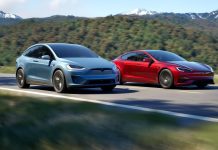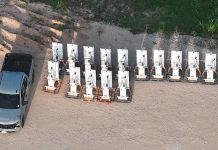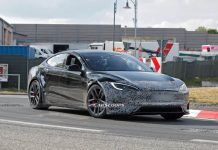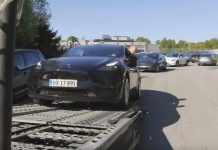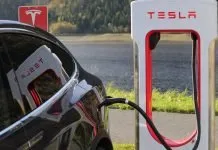Elon Musk is the crazy man that the world needed. His mission is to provide the world with affordable electric cars and energy products to the world to accelerate the world’s transition to sustainable energy. He has been hard on himself by setting timelines for himself that seem quite tight. The good part though is that he has been able to deliver his promises. To fulfill his mission Tesla has to boost production to 500,000 cars per year, this figure equates to a requirement of today’s entire worldwide supply of lithium-ion batteries for Tesla itself. To meet such high demands and also keeping the cost in check Tesla planned to supply enough batteries to support Tesla’s projected vehicle demand. Currently, the Gigafactory produces Powerwall, Powerpack, and energy storage products along with electric motors and battery packs for the Model 3.
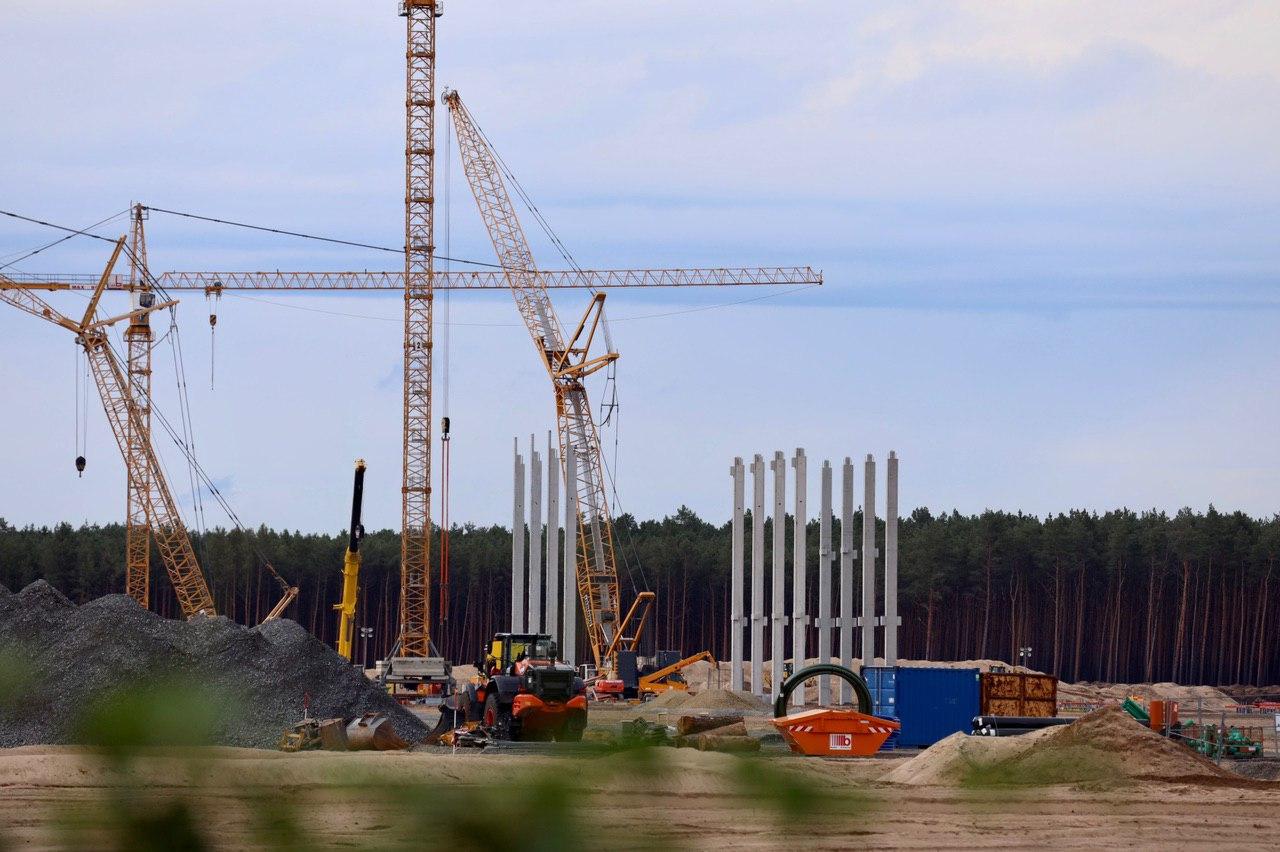
Just like its products, the GigaFactory is itself a very advanced system built with the idea of being in sync with the products it has to manufacture. Situated in the outsides of Sparks, Nevada, the Gigafactory was built in phases so that inside the finished sections production can be started immediately and continues to expand thereafter in 2016. Tesla’s Gigafactory is probably the biggest building in the world that is exclusively powered by renewable energy sources designed to be a net-zero energy factory upon completion.
Post completion in 2018, battery production at Gigafactory 1 touched a yearly rate of roughly 20 GWh, making it the highest-volume battery plant in the world. With a total battery production that exceeds than all other carmakers combined in terms of kWh. The Gigafactory has decreased Tesla’s cost of battery cells significantly by ramping up production, decline through economies of scale, innovative manufacturing, reduction of waste, and the simple optimization of locating most manufacturing processes. All these combined efforts lead to a drop in the batteries’ cost, making products widely available. This has a major impact on transitioning the world to sustainable energy.
Tesla has expanded its GigaFactory in the following locations
Giga Nevada, in Storey County, Nevada, U.S:
Construction started in 2015, January, and the production for electric vehicle parts and lithium-ion batteries started in 2016, January, and expands to an area of 1900000 sq.m.
Giga New York, in Buffalo, New York, U.S:
Construction of the Buffalo factory started in 2014 and was completed in 2016–17. Operation commenced in August, 2017 producing photocoltaic cells, solar panels and solar shingles.
Giga Shanghai, in China
The beginning construction of the Shanghai Gigafactory began in December 2018. The Model 3 began production in October 2019 and first delivered in December 2019, which is remarkable. Additional production facilities for motors, seats, and powertrain assemblies were added to this Gigafactory.
Giga Berlin, near Berlin, in the State of Brandenburg, Germany
In November 2019 Musk announced his plans to introduce the plan for the Berlin Gigafactory which plans to produce batteries, battery packs and power-trains for use in Tesla vehicles, along with assembling the Tesla Model Y, with a proposed start of production in late 2021. Construction began in June 2020 for this site.
Gigafactory 5, planned for the central United States
This is next up in the plans for the Gigafactory line. The proposed product lineup will be Tesla Model Y, Tesla Cybertruck, and lithium-ion batteries.
Tesla Berlin Gigafactory Construction Accelerates
According to the grapevine, Germans are running three months ahead of where the Chinese were at this time last year. The race against time to build another one of the 5 Gigafactories on German grounds in Berlin is at a faster pace than expected. The Shanghai factory was completed within a 12 month period that is a remarkable achievement for a structure of this size. Specifically, it took just 168 days between the approval of the last permit and the commencement of manufacturing cars in Shanghai. Upcoming promises include that Tesla automobiles could start rolling out of the Berlin factory sooner than expected. Relying on the fact that in Germany, the effect of unions and environmentalists is stronger than in China, so lesser execution times are expected which will really be an amazing feat.
The first pillars at #GigaBerlin have been erected. pic.twitter.com/ityMxDYz4j
— Tobias Lindh (@tobilindh) July 1, 2020
The secret ingredient in this recipe is that Tesla learns from everything it does. Tesla’s method of standardization of factory construction enables it to build each one faster and cheaper than the last.
Thanks to @RalfThomas we got some more photos of #GigaBerlin today! pic.twitter.com/PeItQTmF1e
— Tobias Lindh (@tobilindh) July 1, 2020
Tesla is twice as fast at building new factories as other carmakers have recently constructed facilities. The South Carolina plant built by Volvo took about two years to start operations. On the other hand, Volkswagen began construction of its new assembly line for MEB-based electric vehicles at its factory in Chattanooga, Tennessee, earlier this year, but the first EVs aren’t expected to be manufactured there until 2022 — two full years later.
The consequence is that Tesla has not only revolutionized the automobile business, but it has revolutionized the manufacturing process as well. Tesla now believes that “machine that builds the machine.” This change that Tesla has bought in the manufacturing industry has implications in every other big industry.
The mastermind of Elon Musk is that he anticipated the advent of electric automobiles, with the many economic sectors were ripe for disruption. The never slowing down the pace of Tesla factory production should be sending chills through every boardroom in the world.
Berlin Gigafactory timeline
Taking a look at the important events of the Berlin Gigafactory timeline:
- The idea of the Tesla Gigafactory in Europe occurred as early as 2015 which was thought of to be a combined electric battery manufacturing facility and automobile factory.
- The factory was occasionally referred to as “Gigafactory 2”, then came to be known as the Europe Gigafactory. Then again being called either Gigafactory 4 or 5. In November 2019, it became Gigafactory, and lastly Giga Berlin.
- Atleast 10 European countries had tried to acquire the jurisdiction for the factory.
- In April 2016, the Fessenheim Nuclear Power Plant was proposed to be turned into Gigafactory 2, supported by 3 ministers.
- The Czech Republic near Prague was considered as a possible contender in 2016 due to its nearby 330 kilotonne lithium.
- Portugal also contested for the plant in 2016 as it has the largest lithium reserves in Europe.
- Paterna in Spain, Vaasa in Finland, Lithuania and Estonia as well raced too get the Gigafactory owing to various favorable factors for the factory.

